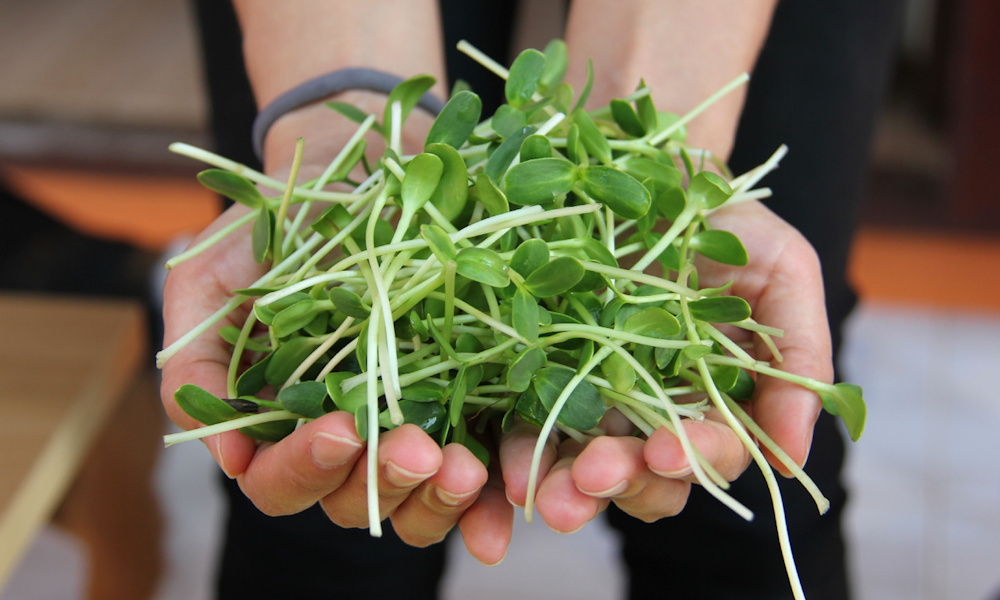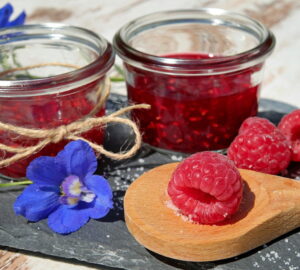As winter settles in and fresh produce becomes scarcer, sprouts and microgreens emerge as nutritional powerhouses, offering a burst of vitality to our diets. These tiny greens, packed with flavor, nutrients and versatility, become an indispensable addition to our meals during the winter months, particularly in January and February.
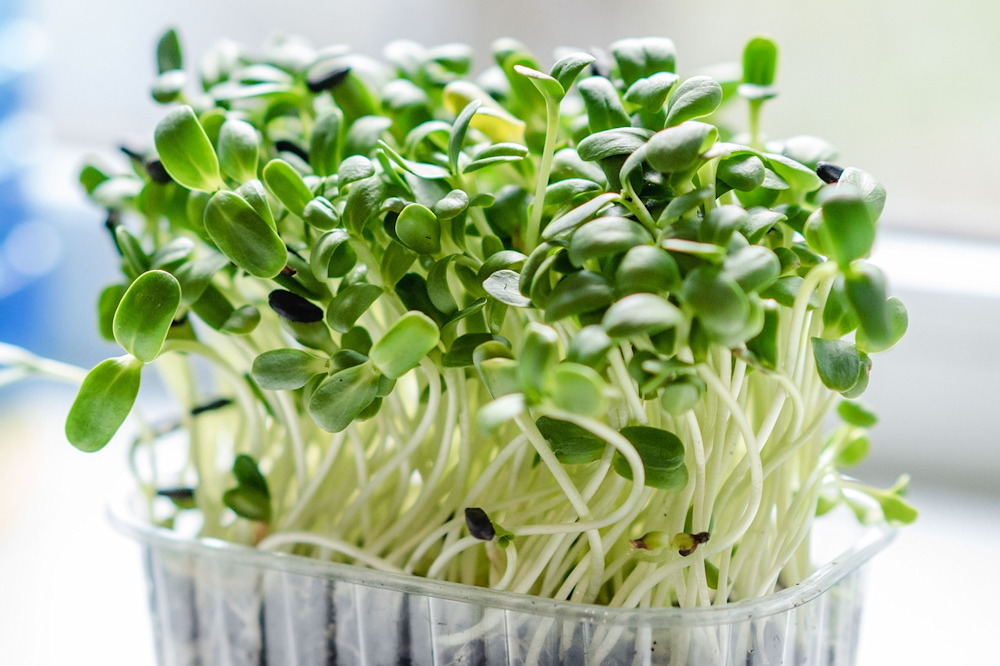
Tiny Marvels of Nutrition: The World of Sprouts and Microgreens
Sprouts and microgreens are young plants that have just started to grow from seeds. Edible sprouts are typically germinated seeds that are consumed within a few days of sprouting. Microgreens, on the other hand, are slightly older and are harvested once the first true leaves have developed. Both are renowned for their concentrated flavors, vibrant colors and a nutrient profile that far exceeds that of their mature counterparts.
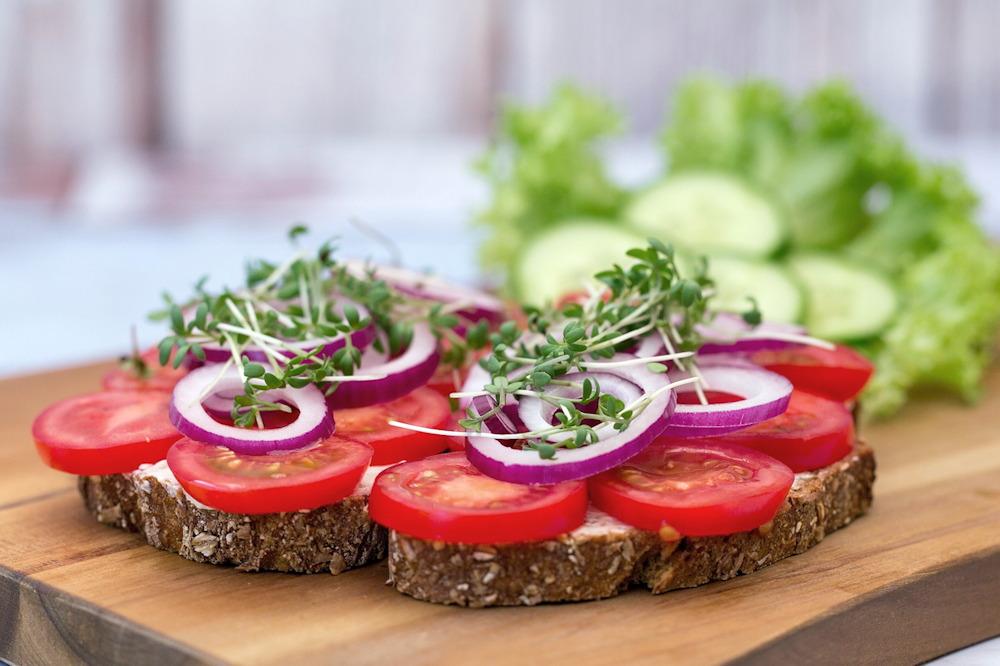
Nature’s Nutrient Powerhouses: The Wellness Advantages of Sprouts and Microgreens
Consuming sprouts and microgreens is a wise choice for health-conscious individuals. These young greens are rich in vitamins, minerals, antioxidants and enzymes. They have been linked to various health benefits, including improved digestion, enhanced immune function and a potential reduction in the risk of chronic diseases. The concentrated nutrients present in sprouts and microgreens can be particularly beneficial when fresh produce options are limited during the colder months.

A Winter Garden on Your Plate: The Seasonal Significance of Sprouts and Microgreens
While sprouts and microgreens are beneficial year-round, their importance is accentuated during the winter months when access to fresh, locally grown produce is limited. They provide a convenient and accessible source of essential nutrients, ensuring a well-rounded and balanced diet even in the coldest season.
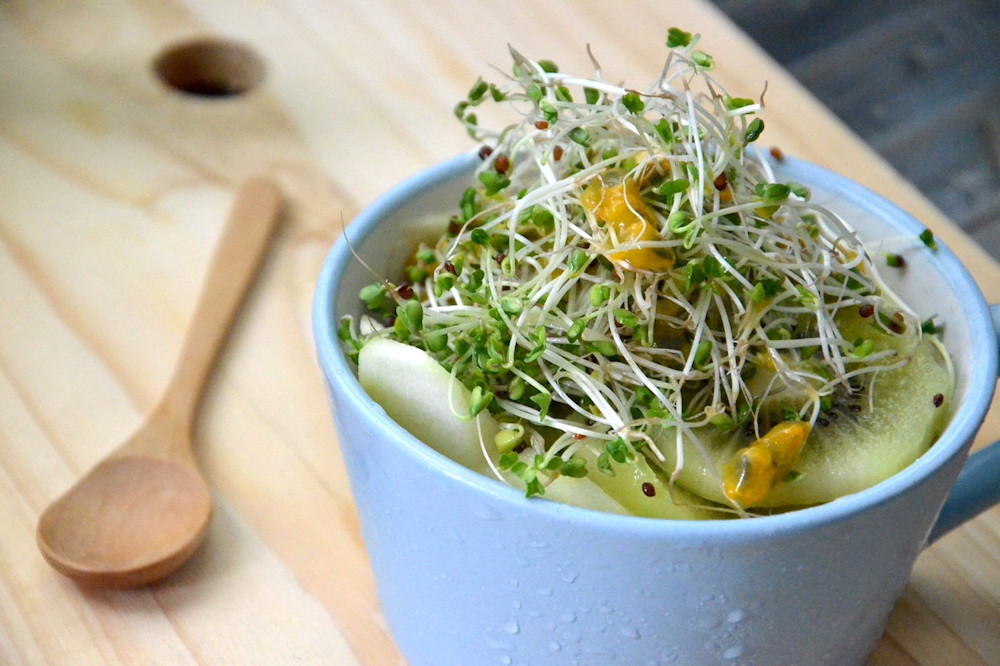
From Crunchy to Tender: The Top Picks for Sprouts and Microgreens on Your Plate
- Broccoli: With its crisp and slightly peppery taste, broccoli microgreens add a delightful crunch to salads and sandwiches. These miniature greens boast a milder flavor compared to mature broccoli, making them an excellent addition to a variety of dishes.
- Radish: Radish microgreens pack a punch with their distinct, spicy flavor. Offering a zesty kick, these tiny greens are not only a tasteful garnish but also a flavorful ingredient that can elevate the overall profile of your meals.
- Alfalfa: Mild and refreshing, alfalfa microgreens contribute a subtle nutty taste to dishes. Known for their tender texture, these greens are versatile and work well in wraps, sandwiches, or as a topping for soups and stews.
- Sunflower: Sunflower microgreens feature a nutty and slightly buttery taste, adding a unique twist to salads and other culinary creations. Their delicate flavor profile makes them a popular choice for those seeking a mild yet distinct green accent.
- Pea Shoots: Tender and sweet, pea shoots offer a burst of freshness with their delicate flavor reminiscent of young peas. These microgreens are a versatile addition to salads, stir-fries, and as a garnish for various dishes.
- Red Cabbage: Red cabbage microgreens bring a mildly peppery and cruciferous taste to the table. Their vibrant color and subtle flavor make them not only visually appealing but also a flavorful choice for enhancing the nutritional value of your meals.
- Arugula: Arugula microgreens boast a peppery, slightly bitter taste, adding a bold flavor to salads, pizzas, and sandwiches. Their distinct profile makes them a favorite among those looking to infuse dishes with a touch of sophistication.
- Kale: Rich and earthy, kale microgreens offer a concentrated kale flavor in a miniature form. Perfect for salads and smoothies, these greens are a nutrient-packed choice that adds a robust taste to your culinary creations.
- Mustard: Mustard microgreens provide a zesty, peppery flavor, reminiscent of mature mustard greens. These tiny greens add a bold kick to salads, sandwiches, and even as a flavorful garnish for soups.
- Cilantro: Cilantro microgreens capture the essence of fresh cilantro with a milder taste. Ideal for those who find mature cilantro too intense, these microgreens enhance the flavor of dishes like tacos, salsas and Asian-inspired cuisine.

Cultivating Green Goodness: Growing Tips for Sprouts and Microgreens
- Choose high-quality seeds: Start with organic, untreated seeds for the best results.
- Proper soaking: Ensure seeds are adequately soaked before planting to kickstart the germination process.
- Ideal growing medium: Use a soilless, well-draining medium for sprouts and microgreens.
- Adequate light: Place trays in a location with ample natural or artificial light for healthy growth.
- Regular misting: Keep the growing medium moist but not waterlogged for optimal development.
- Harvest at the right time: Harvest microgreens when they reach 1-2 inches (3-5 cm) in height for the best flavor and nutrient content.

The Green Finale
Embracing the nutritional richness of sprouts and microgreens in January and February is not only a smart choice for health but also a flavorful and enjoyable addition to winter meals. Whether you’re an avid gardener or a beginner, incorporating these tiny greens into your diet can be a simple and rewarding way to stay nourished and energized during the colder months. So, why not embark on a journey of growing and savoring the winter bounty that sprouts and microgreens have to offer? Your body will thank you.




